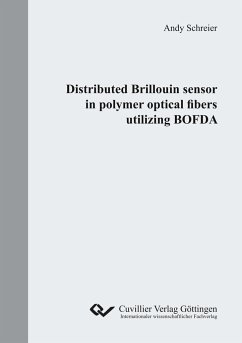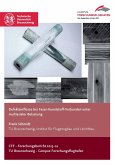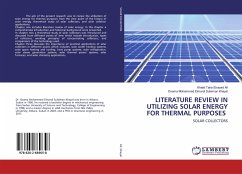In this thesis, a distributed Brillouin sensor in perfluorinated polymer optical fibers utilizing BOFDA is presented. These commercially available polymer fibers offer beneficial characteristics for sensing applications such as higher break down strain up to 100 %, minimal bending radii below 2 mm, higher sensitivity to temperature and lower sensitivity to strain compared to their silica equivalent. The SBS parameters ¿ backscattering power, linewidth and frequency shift ¿ are inclusively related to the environmental parameters humidity, temperature and tensile strain. Furthermore, the perfluorinated polymer optical fibers are characterized with respect to the influence of relative humidity and temperature changes on spectral transmission absorption and Rayleigh backscattering, respectively. The chosen wavelength of operation at 1319 nm corresponds to lower fiber propagation loss (< 37 dB/km) compared to other approaches at 1550 nm (150 ¿ 250 dB/km). A 86 m PFGI-POF was successfully measured by BOFDA with spatial resolution of 3.4 m. Thus, the sensing range is demonstrated to be extended by a factor of four and the number of sensing points is increased by a factor of five. A non-strained fiber segment is successfully detected within a strained sensing fiber.
Hinweis: Dieser Artikel kann nur an eine deutsche Lieferadresse ausgeliefert werden.
Hinweis: Dieser Artikel kann nur an eine deutsche Lieferadresse ausgeliefert werden.








